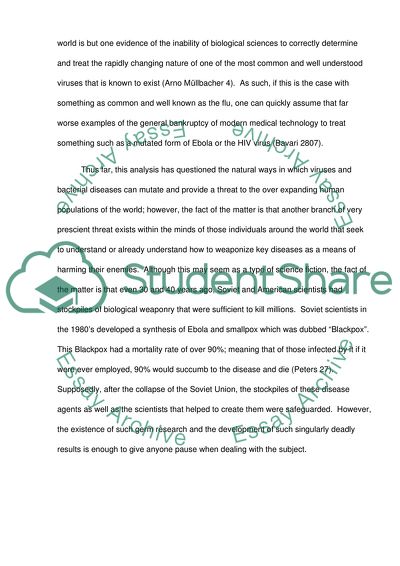Children's Environmental Health in the Twenty-First Century Essay - 2. https://studentshare.org/medical-science/1792337-childrens-environmental-health-in-the-twenty-first-century
Children'S Environmental Health in the Twenty-First Century Essay - 2. https://studentshare.org/medical-science/1792337-childrens-environmental-health-in-the-twenty-first-century.


